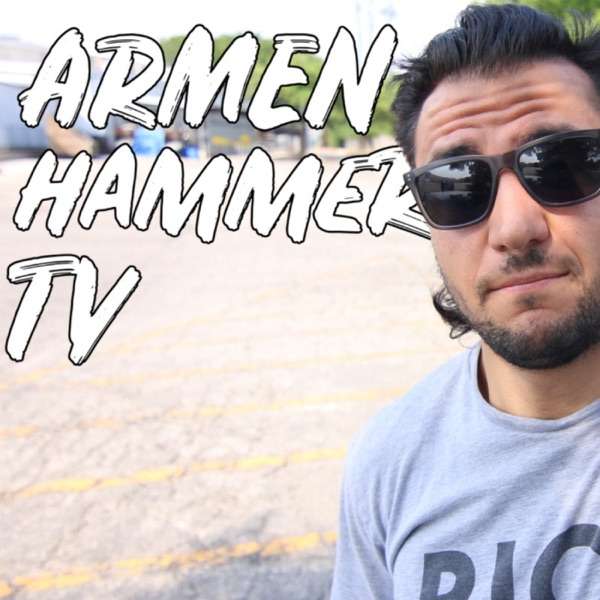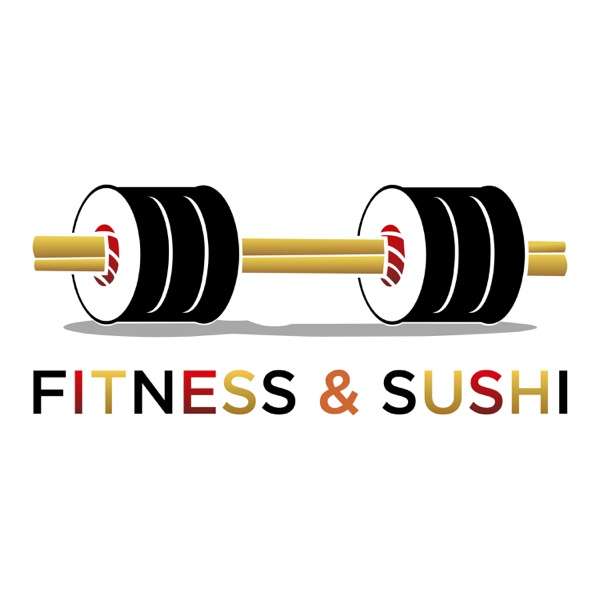Professor Marc Cohen is one of Australia’s pioneers in integrative and holistic medicine.
He is a registered GP with degrees in physiology and psychological medicine, as well as PhDs in Chinese medicine and biomedical engineering.
I had the pleasure and opportunity to speak with him for “Science on the Rocks” about his work and his perspective on the science behind the Wim Hof Method.
Marc Cohen’s very impressive scientific work includes the investigation of lifestyle interventions, such as Yoga, breathing techniques, herbal medicine, and hot (sauna) and ice-cold bathing.
Or, as he put it, “to investigate homeostasis during exposure to environmental extremes”.
In the podcast, I was able to ask him about his view on topics such as hormesis (which will be one of our main topics on the podcast in the next weeks), mountain sickness, the main differences between sauna and ice immersions, why people with Raynaulds’ syndrome which is a medical condition showing spasm of arteries that itself causes episodes of reduced blood flow, have to be careful when going into the cold, the Bohr effect, a metabolite called dynorphin, and what mechanisms of the WHM might turn on stem cells in your body (which is an extraordinary process).
One of the things that I found highly interesting and which increased my understanding of the WHM breathing technique was Marc’s explanation of the five phases of breathing.
First, during the conscious hyperventilation, you increase your ph-level and your oxygen saturation while carbon dioxide decreases. Then you have an anaerobic phase during the breath retention. Here, lactate rises and the pH level is slowly decreasing.
And because hemoglobin’s oxygen binding affinity is inversely related both to acidity and to the concentration of carbon dioxide, it tends to keep oxygen much tighter in its structure during low carbon dioxide levels in this phase. You could measure this with an oximeter and notice that the oxygen saturation will stay as high as 100% for about a minute before carbon dioxide is increasing again.
Then, still in the retention phase, you come to the point when oxygen finally is released from hemoglobin (aerobic metabolism) and when you will realize that the urge to breathe again is getting stronger and stronger due to higher carbon dioxide in the blood.
The fourth phase is the action of the recovery breath when everything returns back to its physiological balance.
Marc considers the last phase as subjectively very peaceful when you don’t actively do anything and your body has to cope with this single inhale. Your pulse rate drops significantly below your resting pulse rate.
Interestingly, the psychological experiences are mainly dysphoric during the transition from the hyperventilation to the breath-hold and also when you feel the need to breathe at the end of your retention phase but are euphoric during the last phase when you hold your breath again for 20 seconds.
So, going from one extreme to the other, you can find your balance.
And what is totally striking is that - from a physiological perspective - you might need these phases of dysphoria and discomfort in order to experience euphoria later on much stronger because the stuff which is associated with dysphoria which is called dynorphin can increase the number and sensitivity of endorphin receptors. Endorphin’s principal function is to inhibit the transmission of pain signals; it may also produce a feeling of euphoria very similar to that produced by other opioids. As you may have guessed, I’m really eager to interview Marc after the Kilimanjaro expedition again!
Please go to scienceontherocks.org to receive additional information and the show notes. We will also provide Marc’s lecture in which he presents the five phases of the breathing technique (26:00 minutes into the lecture) and a lot more background info about the physiological aspects of the breathing technique.

 Our TOPPODCAST Picks
Our TOPPODCAST Picks  Stay Connected
Stay Connected







